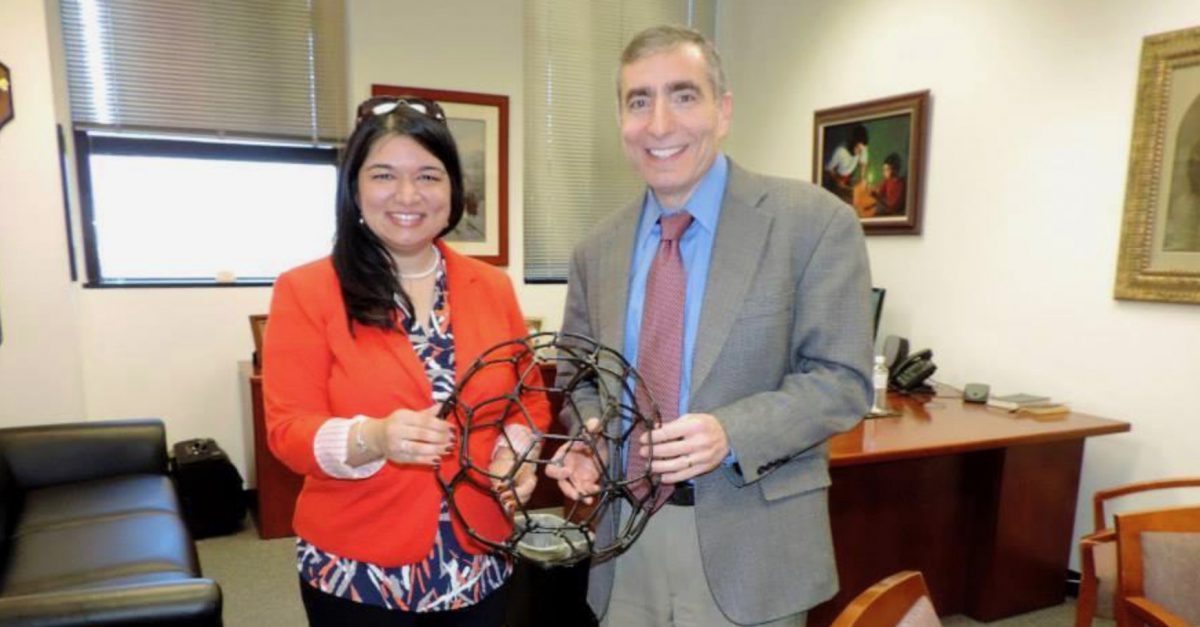Earlier this month, Rice University chemist James Tour, Ph.D. and one of the top-ranked nanoscientists in the world, made a concrete announcement:
Videos by Rare
He said he successfully tested and found anodes made of porous, asphalt-constructed carbon to stay stable through multiple cycle, charging faster than normal household items.
Great pic! MT @RuthMalhotra: Visiting Rice's Dr. James Tour, one of "Top 10 Chemists in the World." pic.twitter.com/BDGSOOk926
— Rice University (@RiceUniversity) March 21, 2014
An anode is the positively charged portion of a battery. To make the ones from the experiment, Tour said he combined asphalt with tiny ribbons of electrically-conductive graphene coated with metal lithium.
Sales show lithium ion batteries are already popular, and experts agree this may be because of their ability to hold a high amount of power relative to their weight.
Studies indicate higher amounts of energy can be stored in the atomic bond of lithium than other structures capable of holding a charge, meaning more energy can be packed into a smaller space.
RELATED: Houston Company’s Plasma Rocket Could Power Missions to Mars and Beyond
“The capacity of these batteries is enormous, but what is equally remarkable is that we can bring them from zero charge to full charge in five minutes, rather than the typical two hours or more needed with other batteries,” Tour provided in a statement published by his Houston university.
He claims these findings mean new batteries could charge 10 to 20 times more quickly than current lithium ion batteries.
Tour further explained the new batteries’ carbon structure also prevent the formation of mossy-like deposits, known as dendrites, which can build up on other varieties of lithium ion batter. If enough dendrites build up, he contextualized, the battery can short circuit and become fried.
He maintains the Rice-studied batteries would be free from this problem.
Batteries made of this asphalt-derived carbon composite are also cheaper to make, according to Tour:
“There is no chemical vapor deposition step, no e-beam deposition step and no need to grow nanotubes from graphene, so manufacturing is greatly simplified,” he said in the university’s statement.
RELATED: NASA Keeping its New Technology Cold as Ice For Good Reason



